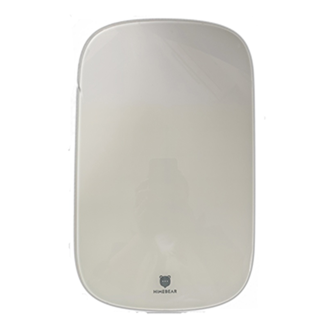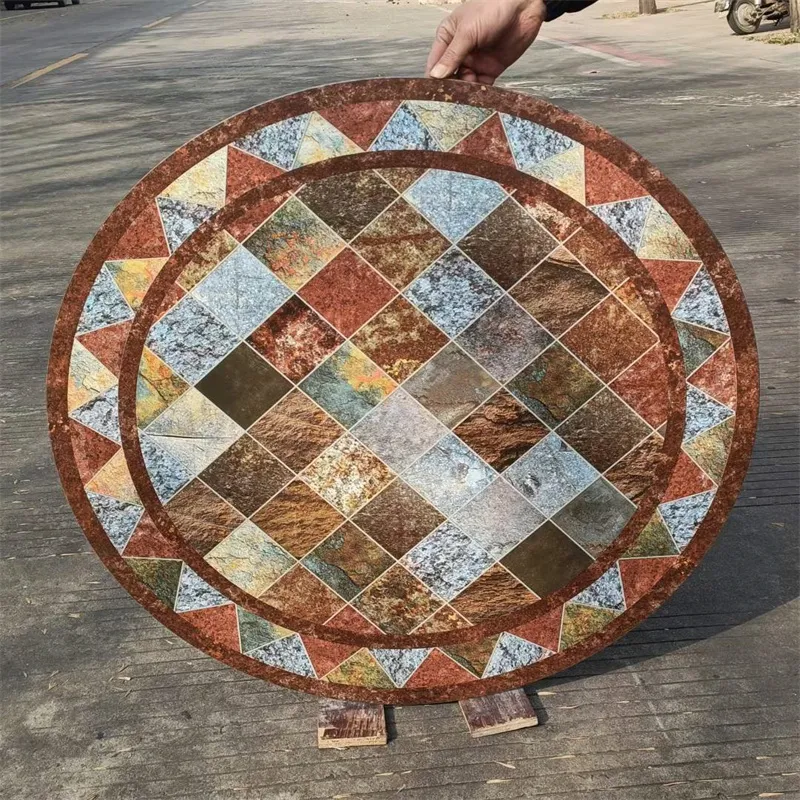Sep . 30, 2024 12:36 Back to list
Understanding the Cost Factors of Laminated Glass for Your Projects
Understanding the Cost of Laminated Glass Factors and Considerations
Laminated glass is increasingly popular in a variety of applications, from architectural design to automotive manufacturing. Composed of two or more layers of glass interlayered with a polymer resin, laminated glass offers numerous benefits, including enhanced safety, sound insulation, and UV protection. However, understanding the cost implications of laminated glass is crucial for consumers and businesses alike.
What Influences the Cost of Laminated Glass?
1. Materials Used The type and quality of glass play a significant role in determining the cost. Commonly used materials include float glass, tempered glass, and specialty glass which can all have different pricing structures. For instance, tempered laminated glass—due to its heat treatment process—is typically more expensive than standard float laminated glass. Additionally, the interlayer material used, such as PVB (polyvinyl butyral) or EVA (ethylene-vinyl acetate), can also affect the price, with certain interlayers providing superior performance in terms of strength, UV protection, and sound insulation.
2. Thickness and Size The size and thickness of the laminated glass directly correlate with its cost. Larger panes require more raw materials and processing, driving up the price. Similarly, thicker glass offers more durability but also escalates costs. Order custom sizes or thicknesses can lead to even higher expenses due to the extra manufacturing processes involved.
Understanding the Cost of Laminated Glass Factors and Considerations
4. Application and Functionality The specific application of laminated glass can also influence the price. For example, laminated glass used for security purposes or in high-performance energy-efficient buildings may come with a premium compared to standard variants. Furthermore, additional features such as tinted glass, low-E coatings (for energy efficiency), or acoustic interlayers can further increase costs.
laminated glass cost

5. Market Demand and Supply Like many other materials, the cost of laminated glass is affected by market dynamics. Fluctuations in demand, production costs, and availability of raw materials can lead to price variations. Additionally, the geographical location of the supplier and shipping costs can also contribute to the final price.
Cost Implications for Consumers
When considering laminated glass, it is essential to weigh the long-term benefits against the initial costs. While the upfront expense may be higher than that of traditional glass, the enhanced safety features, reduced noise pollution, and potential energy savings over time can make laminated glass a valuable investment.
For businesses, budgeting for laminated glass should include not just the material costs but also installation, maintenance, and potential replacement costs. Collaborating with experienced suppliers and installers can help mitigate unforeseen expenses and ensure a smooth application.
Conclusion
In summary, while the cost of laminated glass may be higher than traditional glass, its advantages in safety, durability, and energy efficiency are significant considerations. By understanding the various factors that influence the price, consumers and businesses can make informed decisions that align with their needs and budgets. Ultimately, laminated glass presents a blend of functionality and security that justifies its investment in modern architecture and design.
-
Safety and Style with Premium Laminated Glass Solutions
NewsJun.24,2025
-
Reinvents Security with Premium Wired Glass
NewsJun.24,2025
-
Premium Float Glass Line for Modern Architecture
NewsJun.24,2025
-
Low Emissivity Glass for Energy-Efficient Architecture
NewsJun.24,2025
-
High-Performance Insulated Glass Solutions for Modern Architecture
NewsJun.24,2025
-
Elevates Interior Style with Premium Silver Mirror
NewsJun.24,2025
Related PRODUCTS














